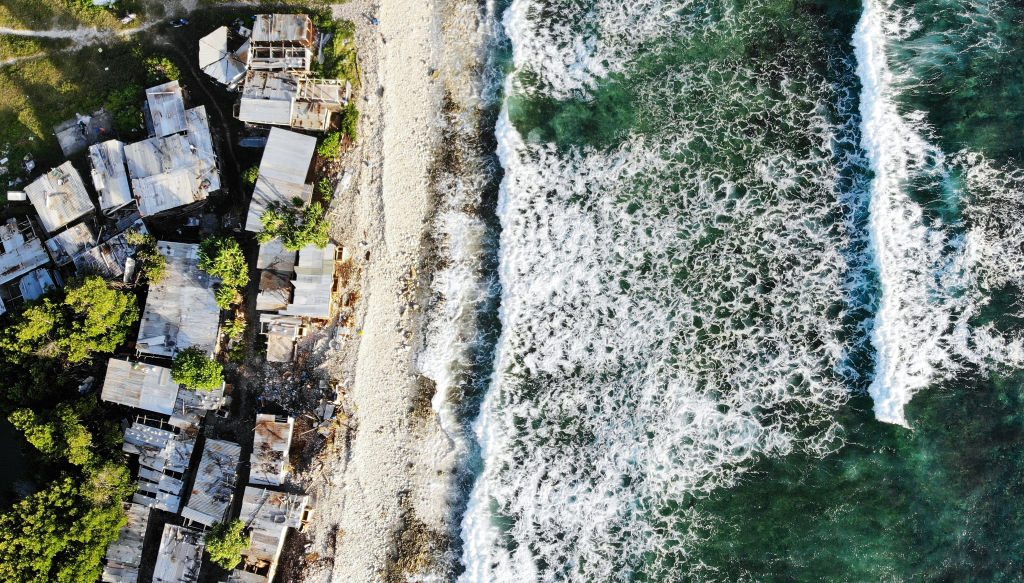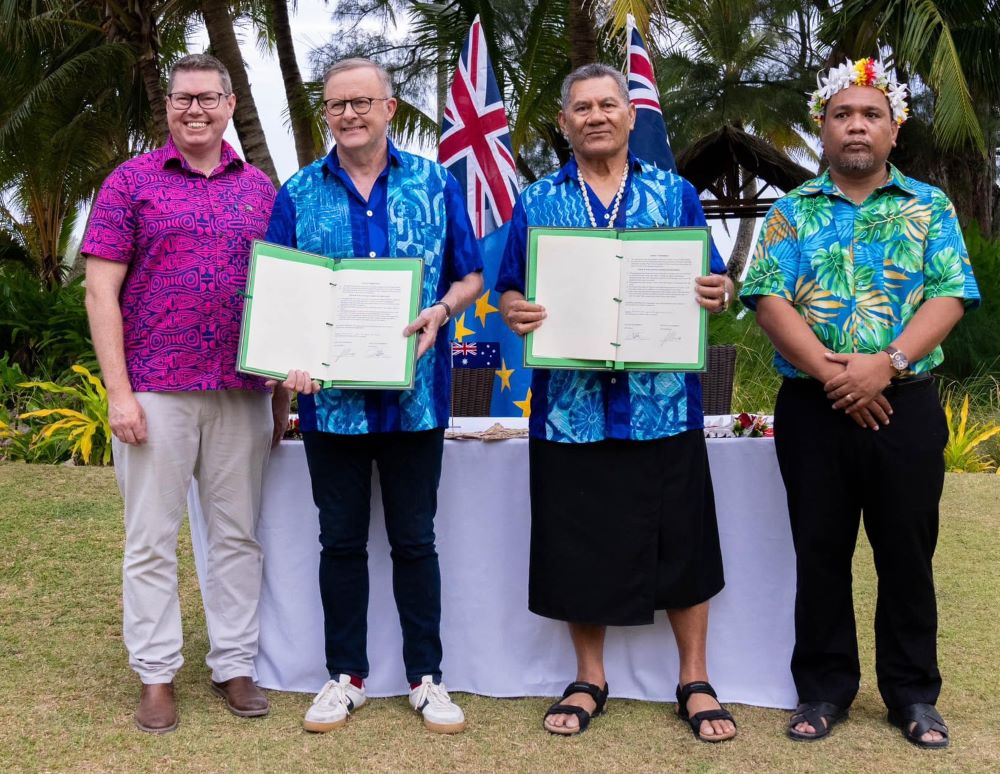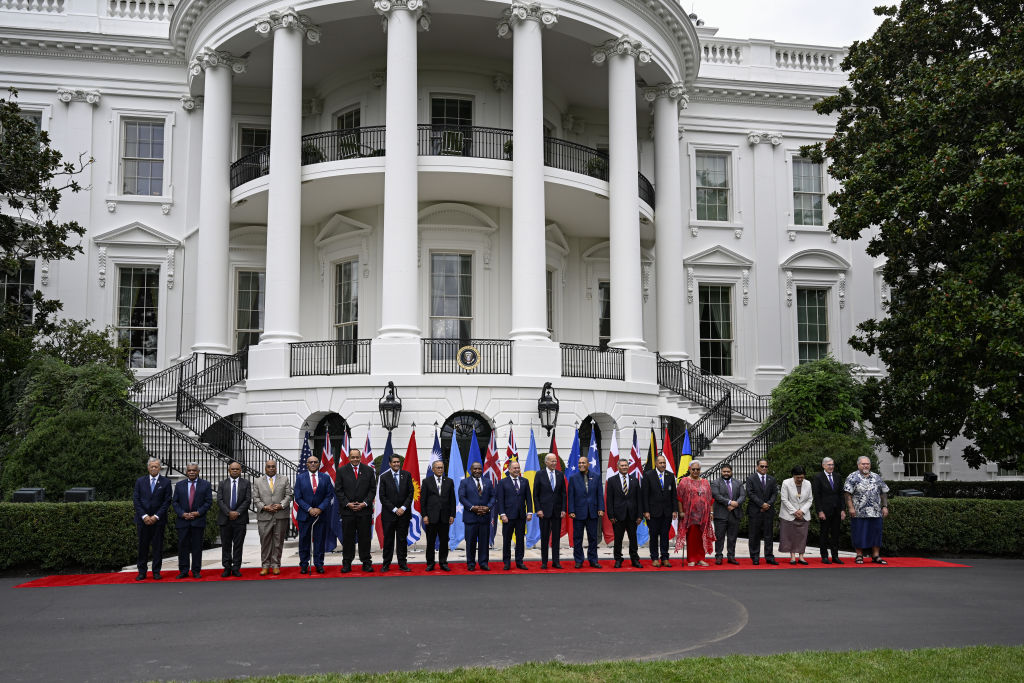Pacific initiatives need transparency and ground rules to reduce harmful competition

It’s time for the Pacific to talk about ground rules in the security sector.
The Pacific Response Group (PRG) is expected to be endorsed at this week’s South Pacific Defence Ministers’ Meeting in New Zealand. For this group, and the recently announced Pacific Policing Initiative (PPI), to succeed, participants must agree on ground rules concerning the training received and the type of equipment used by participating nations.
Australia doesn’t have to lead the way in setting these rules, but it should encourage the conversation. China will probably try to delegitimise these initiatives and turn the conversation into one about competition and paternalism. Australia should push back against such statements.
Ground rules are needed to ensure greater interoperability and effectiveness between the forces. If Pacific countries are to spend time, effort and resources on these regional security initiatives, all participating countries must be willing to have the tough conversations to make them work.
Greater security effectiveness is the primary reason for clear ground rules. There is no need for duplication of effort from multiple partners for training or equipment. Such duplication would only cause confusion between the different approaches in practice. Many Pacific countries have said they can be easily overburdened by offers of assistance that aren’t filling gaps.
Groups participating in the PPI should be receiving the same training, and when they’re in training, they should use the same equipment as they would when deployed in the region under these security initiatives.
These ground rules in question shouldn’t be designed to be extensive, burdensome or restrictive for relationships. They should be practical in creating mutual understanding of where additional external support is not needed. For example, the training that PPI participants receive at the Pinkenba facility in Australia or in any of the future regional centres of excellence shouldn’t be duplicated by other partners through other initiatives. At the same time, militaries participating in PRG operations shouldn’t use communications equipment that is incompatible with the rest of the group.
Nor should these ground rules infringe on the sovereignty of any country or its ability to have a security partnership with other countries. The goal should be to facilitate cooperation on areas that doesn’t impact these larger concerns. However, these mutually agreed upon ground rules should come with understood consequences. Failure to comply with them would hurt the initiatives underway and by extension the security of the rest of the participating Pacific nations. There needs to be regional commitment to the success of these initiatives.
While such discussions are likely already happening behind the scenes, there should be greater public awareness of them. Transparency helps those being supported by these security initiatives to understand how and why they are being developed, which will also combat external efforts to undermine their success. Pacific leaders will need to step up to take ownership of some of these decisions. Equally, Australia, as a member of these initiatives, should encourage and support these efforts to agree on ground rules for the acceptance of external assistance.
Unfortunately, China will challenge any discussions of this sort. It tries to undermine the advancement of any partnerships between Australia and the Pacific, even when they benefit the region. This has already been demonstrated by China’s attempt to prevent the endorsement of the PPI by Pacific leaders. Chinese narratives seized on statements by Australian ministers that they are in a state of ‘permanent contest’ with Beijing and see ‘no need for Chinese police’ in the region to paint the PPI as a deceptive Australian-led initiative designed to control the region and block China out of the security space. The contest with China cannot be allowed to interfere with the development of these Pacific owned and led initiatives that are designed to provide enormous benefit to the region. If anything, China’s attempts to stymie these initiatives prove the necessity of the ground rules.
Australia’s current strategy appears to be to lay low and try to avoid stirring up trouble or concern in this area. It’s likely the Australian government believes that if it’s not outspoken, it’s less likely to offend other Pacific leaders or have its actions be portrayed as competitive. Instead, Australian leaders presume that these conversations can be handled behind closed doors. But that strategy isn’t working, especially when China doesn’t play by those same rules. There is an information void, at the very least in public communications, and China is seeking to exploit that void to promote its own narrative and agenda. Clear ground rules and public conversation will narrow the information gap.
Ground rules on accepted training and equipment will reduce the kind of competition between external powers that harms regional development, and they will allow region-owned security initiatives to reach their full potential.









